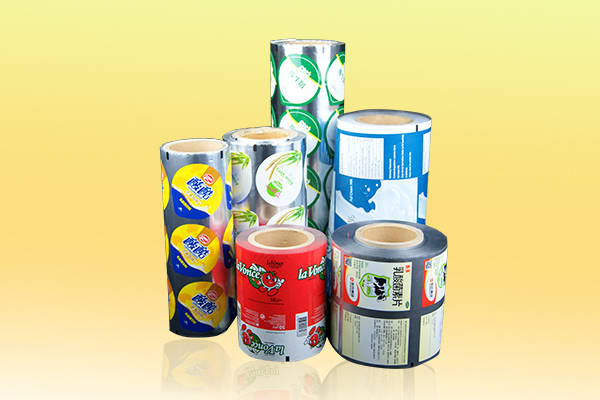Source: Link Testing Instruments Co.,Ltd.

Composite film materials are made by combining single-layer films of different materials with adhesives to give full play to the excellent performance of each single-layer film and meet the shelf life requirements of the packaged products. Taking the aluminum-plastic composite film PET/Al/PE material as an example, the three single-layer film materials play different roles in the composite film. The PET film acts as a printing layer, the Al mainly plays a barrier role, and the PE film is a heat-sealing layer. Since the Al surface is prone to creases, pinholes and other defects, the PET and PE films will also protect the Al layer. If the composite fastness between the layers of film is low and easy to delaminate, the protective effect of the plastic film layer on the aluminum foil layer will be weakened. When squeezed and rubbed, the aluminum foil is easily damaged, affecting the overall barrier performance of the composite film material. In addition, low composite fastness will also affect the overall mechanical properties of the packaging, such as impact resistance and puncture resistance. Therefore, appropriate composite fastness is a prerequisite for ensuring that the performance of the composite film material can reach the expected value.
There are many factors that affect the composite fastness of composite film materials, such as the type of adhesive, the ratio of each component, the amount of glue applied, the composite process parameters, ink, etc. This article focuses on the comparative analysis of the effects of different colors of inks on the composite fastness.
Test Principle and Test Instruments
Compound fastness is generally characterized by peel strength. This paper tests the peel strength of samples based on GB 8808-1988 "Peel Test Method for Soft Composite Plastic Materials". This test uses the XLW-500N intelligent electronic tensile testing machine developed and produced by Link Testing to test the peel strength of samples.
XLW-500N intelligent electronic tensile testing machine is professionally suitable for stretching, peeling, deformation, tearing, heat sealing, bonding, puncture force, opening force, low-speed unwinding force, unwinding force and other performance tests of plastic films, composite materials, soft packaging materials, plastic hoses, adhesives, adhesive tapes, self-adhesive stickers, medical patches, medical devices, release paper, protective films, combination covers, metal foils, diaphragms, backboard materials, non-woven fabrics, rubber, paper and other products.
Test Principle: This test analyzes the influence of different inks on the compound fastness of samples by testing and comparing the peel strength of different color printing areas on the sample surface. The force required to separate the composite layers of a sample of unit width is the peel strength. During the test, the upper and lower clamps of the equipment respectively clamp the two ends of the peeled part of the sample, and the upper clamp moves upward to pull the sample for peeling. The force and displacement changes generated during the peeling process are monitored in real time by the force sensor and displacement sensor configured on the upper clamp, thereby obtaining the peel strength of the sample.
Test sample and test process
Test sample:
This test selected a plastic composite film composed of two layers of film as the test sample, and the sample surface contained three different colors of ink printing areas.
Test process:
(1) Sample cutting: Cut 5 samples with a width of 15.0 mm and a length of at least 10 cm from different colors on the sample surface in the same direction.
(2) Conditioning: Place the cut samples in an environment of 23±2℃ and 45%~55% for 4 h.
(3) Pre-peeling: Manually pre-peel about 3 cm from one end of each sample.
(4) Setting parameters: In the test equipment, set the equipment test speed (300 mm/min), sample width, sample name and other parameter information.
(5) Clamping: Take one of the samples, clamp the two layers of material peeled off in the pre-peeling part in the upper and lower clamps of the equipment respectively, so that the longitudinal axis of the peeled part coincides with the center line of the two clamps, click the test option, the upper clamp moves upward at the set speed, and the sample is peeled off.
(6) End of test: After the test is completed, the equipment displays the measured peel strength value. Repeat this operation until all samples are tested.
Test results and Analysis
The peel strength of the samples in different color areas measured in this test was the average of the test results of 5 samples in each area. Among them, the peel strength of the unprinted area, i.e. the transparent area, was 1.036 N/15mm, the peel strength of the white printed area was 0.887 N/15mm, and the peel strength of the yellow printed area was 0.571 N/15mm.
Factors such as printing process, ink quality and its compatibility with adhesives will affect the composite fastness of the composite film material in the printed area.
For more details please visit www.linktesting.org